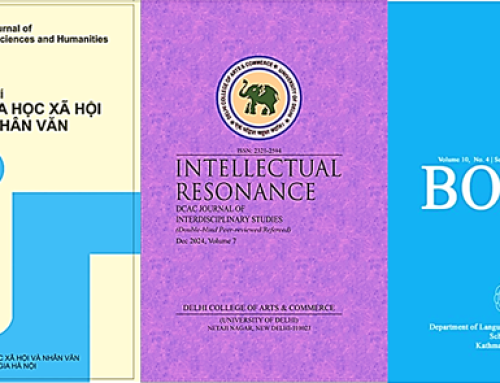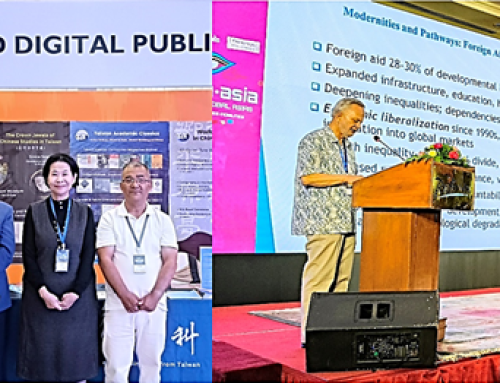(絲路歷史文化數據庫,敦煌研究所出版)
Jointly published by Lanzhou University Press and Lanzhou University Dunhuang Research Institute, the database is the authoritative resource on Silk Road history from China’s northwestern provinces. Based on Lanzhou University Press’s “Eurasian Historical and Cultural Library” and “Central Asia and Northwest Frontier Studies,” the database aggregates extensive resources including books, papers, images, and videos on topics such as archaeological findings, arts, and historical geography of the Silk Road. It features electronic mapping to showcase the historical towns and cultural relics along the Silk Road, supporting academic research and cultural heritage preservation. It includes seven themes/sub-databases: Dunhuang Silk Road Civilization and Western Regions Religious Culture, Eurasian History and Culture, Silk Road Archaeological Artifacts, Literature, Arts, Local Chronicles, Historical Geography, with 100,000 papers, 37,000 images, 12,000 entries, 1,000 books.
China Bronze and Stone Rubbings Collection
(中國金石總錄, Pre-Qin~early 21st century)
As the world’s only digital collection based on original first-hand bronze and stone rubbings, “China Bronze and Stone Rubbings Collection” features 81,800 rubbings with full texts (83 million characters) and full images (11,858 tablets), covering rubbings from the Pre-Qin era to the early 21st century (221 B.C. – 2000 A.D.) from regions including China, Taiwan, and various countries across Asia and the West. Each piece includes a full original rubbing, inscription, and scholarly commentary, meticulously verified by sinologists through triple checks. The collection notably includes extensive post-Yuan dynasty relics, which comprise 80% of the database and are often absent in other collections. Its robust four-tier classification system enhances user accessibility. The database follows strict digitization policies to ensure the highest quality, and it’s published by the Compilation and Translation Center for Chinese Classics and Archives of Gansu Province, distributed by UDP from Taiwan.
YishuWiki: Global Art Repository
(藝術維基全球資源庫)
This repository houses over 2.06 million images and 5,745 art books from 16,429 artists across 1,800 institutions in 114 countries, predominantly featuring works from the USA, Germany, Russia and China. It spans various art forms such as painting, photography, sculpture, and more, including a vast array of humanities and historical images. Content primarily includes public domain works, Creative Commons licensed pieces, and author-signed licenses. The collection offers high-resolution images with detailed artist bios, work series, art movements, and more. Advanced search functionalities allow image-based, multilingual, keyword, and full-text searches, enhancing user interaction with the works. Additional tools include automatic translation, image adjustments, and annotations. This collection serves as a crucial resource for museums, libraries, and art professionals, published by Gansu Yiwenchi Digital Culture Co., Ltd.
China Digital Local Chronicles Library
(中國數字方志庫, Pre-Qin~1949)













